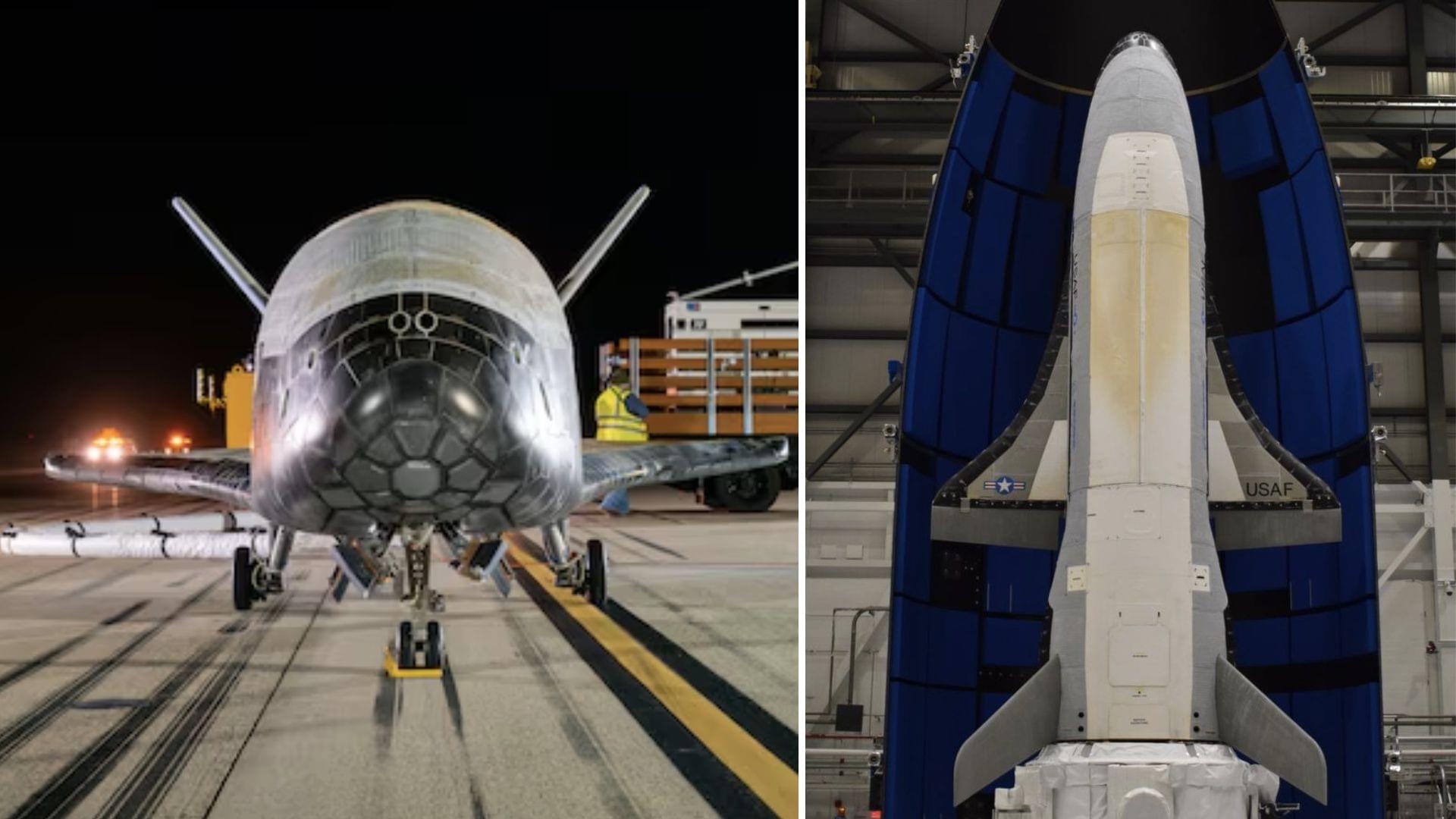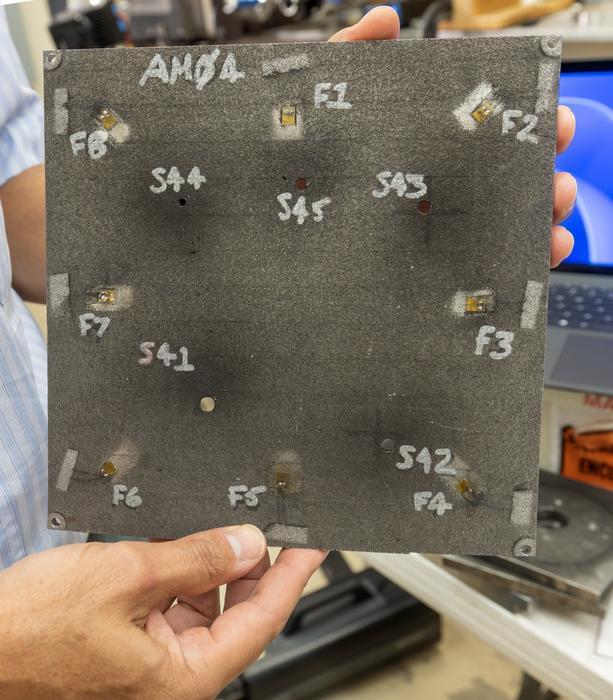Dog-like robot trains on White Sands dunes to prepare for Moon and Mars missions.
Oregon State researchers test quadruped robots at White Sands, mimicking Moon and Mars terrain to refine mobility for future space missions.


Folding spacecraft design could be enhanced with Japan’s ancient origami patterns.
Scientists are exploring a new class of origami structures that could help design and build different shapes for use in space. These structures are expected to be even more compact and reliable.
Called bloom patterns, the new class of origami structures developed at Brigham Young University fold up flat and unfold like flower petals. Researchers expect such designs could be used in telescopes and solar arrays as well.
These structures are suitable for use in spacecraft as origami-based designs could help fold up for launch and then unfold or deploy to their full size when required in space.
A year-long commitment for Texas high school juniors related to space exploration, Earth science, technology, and aeronautics.

The slot-shaped aperture in the curved chain of magnets accommodates beams at different energies — a feature that would allow rapid switching among energies for more effective cancer treatment. This image shows a beam of light shining through the array with Mechanical Support Group staff in the background. (Kevin Coughlin/Brookhaven National Laboratory)
When the magnets arrived at Brookhaven, Katie Chen, a mechanical engineer, produced an architectural model of the assembly that Rob Karl, Adrian Timon, Travis Herbst, and Edward Dabrowski from the Mechanical Support Group used to properly align the magnets and bolt them to a supporting steel plate. To test that the magnets would accommodate the planned beam trajectories, the team transported the assembled array to the NASA Space Radiation Laboratory (NSRL), a facility that draws particles from the collider-accelerator complex supplying beams to Brookhaven Lab’s nuclear physics research facilities.
“This team tirelessly dedicated their time and expertise to completing the assembly and worked with exceptional dedication throughout Father’s Day weekend to help with these tests,” Mahler said.

US secret military space plane to embark on new mission with undisclosed goal.
Developed by Boeing, the uncrewed spacecraft is used by the U.S. military to conduct experiments in high and low Earth orbits.
Boeing earlier claimed that the space plane is equipped with state-of-the-art technologies that provide exceptional performance and durability. Its modular design allows for a wide range of experiments and missions, making it a versatile and valuable asset in space exploration.
While it looks like a smaller version of the now-retired space shuttle, the X-37B can’t get into orbit without a boost. For this upcoming mission, it’s hitching a ride on a SpaceX Falcon 9 rocket inside the rocket’s fairing, a protective enclosure made of carbon composite that keeps it safe during the launch until it’s ready to be released into orbit, reported ABC News.
Temperatures there reach an astonishing 30,000–50,000 kelvin.
Few people are aware of Marvel Whiteside Parsons (a.k.a Jack Parsons), co-founder of NASA’s Jet Propulsion Laboratories. Parsons made major contributions to rocket development, particularly in the area of solid fuel propellant. The solid motors on the Space Shuttle and the motors in the Minuteman missile were based on the solid propellant technology that he invented. He was a founding member of Aerojet Corporation, and he even has a crater on the dark side of the moon named after him. So why isn’t he as celebrated as the other founding fathers of spaceflight?
Aleister Crowley, born Edward Alexander Crowley, was a British occultist, writer, mountaineer, philosopher, poet, mystic, drug experimenter, and chess player. He was an influential member in several occult organizations, including the Golden Dawn, the A∴A∴, and Ordo Templi Orientis (O.T.O.), and is best known today for his occult writings, especially The Book of the Law, the central sacred text of Thelema. He gained much notoriety during his lifetime, and was infamously dubbed \.

Adding geopolitical intrigue, it’s looking more and more like NASA’s helpless flailing could position China to beat the United States in the race to return to the Moon.
China’s lunar exploration program has made massive leaps in recent years, most recently successfully testing its “Lanyue” lunar lander at a facility outside of Beijing. It was a “key step in the development of China’s manned lunar exploration program” and the “first time that China has carried out a test of extraterrestrial landing and takeoff capabilities of a manned spacecraft,” according to a statement by the China Aerospace Science and Technology Corporation (CASC.)
The goal is to land the first Chinese astronauts on the Moon “before 2030” — a clear shot across the bow, considering NASA is currently hoping to launch its first crewed landing attempt, Artemis 3, no earlier than mid-2027.


“I think it’s reasonable to expect we could find a nearby one within the next decade,” Bambi said in the statement.
Today, building the necessary laser array would cost around $1.1 trillion, far beyond the reach of current science budgets. But if trends in technology continue, Bambi estimates that cost could fall to around one billion euros within 30 years, putting it on par with current flagship space missions.
“We don’t have the technology now,” Bambi said in the statement. “But in 20 or 30 years, we might.”